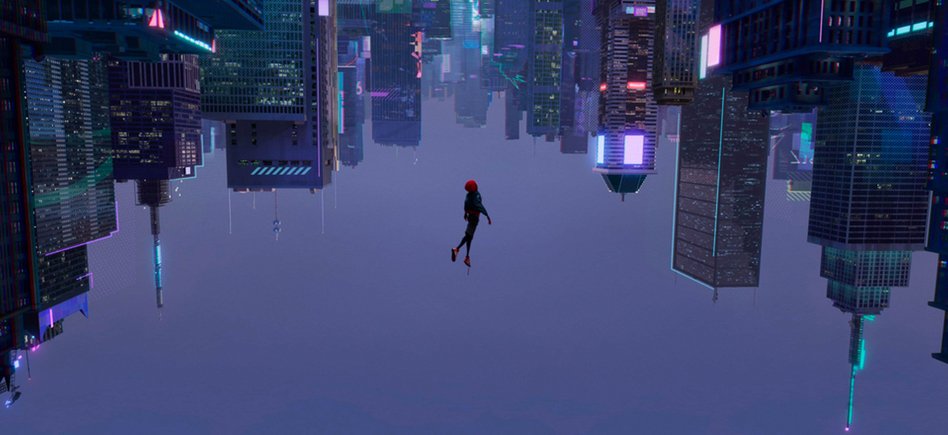Note: With great movie articles, come great spoilers. You have been warned.
There’s a line in the movie, when the young protagonist, Miles Morales, struggling with his new powers, is left behind by the rest of the team. As Peter Parker leaves, Miles asks:
“When do I know I’m Spider-Man?”
And pat comes the reply: “You won’t. That’s all it is, Miles. A leap of faith.”
And watching Spider-Man: Into The Spider-Verse, you get the feeling that’s what the studio did. They took a leap of faith.
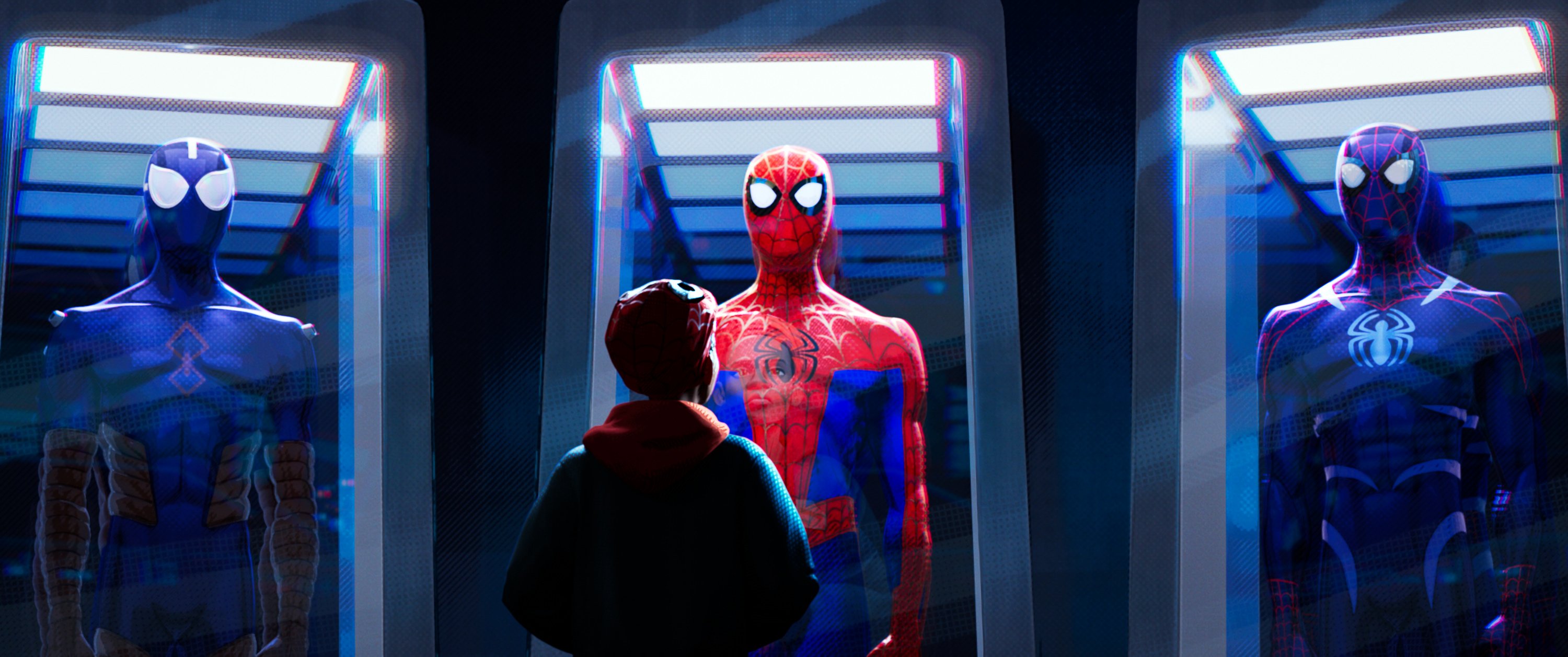
Sony has gotten a lot of flak over its handling of the Spider-Man franchise. The original Raimi franchise was brilliant, but then they had their reboot and a kind of confusing venture into a Venom movie without Spider-Man. (no Homecoming doesn’t count, that was with Marvel’s help).
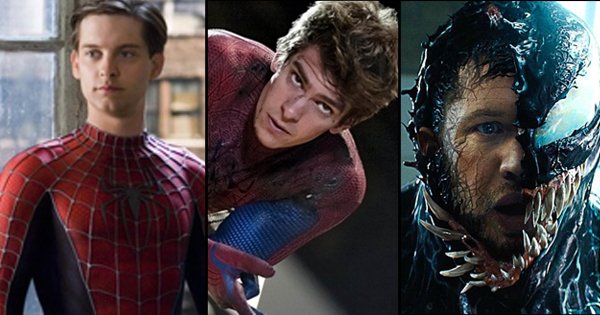
But this time, they did something truly special.
First of all, they nailed an ensemble movie, with characters the general movie-going audience isn’t very familiar with.
Let’s be clear, at its heart, Into The Spider-Verse is a Miles Morales movie. But with the number of Spider-People in it, it’s fair to call it an ensemble movie. Justice League and Suicide Squad proved that it’s not so easy to bring together so many characters for a team-up movie.
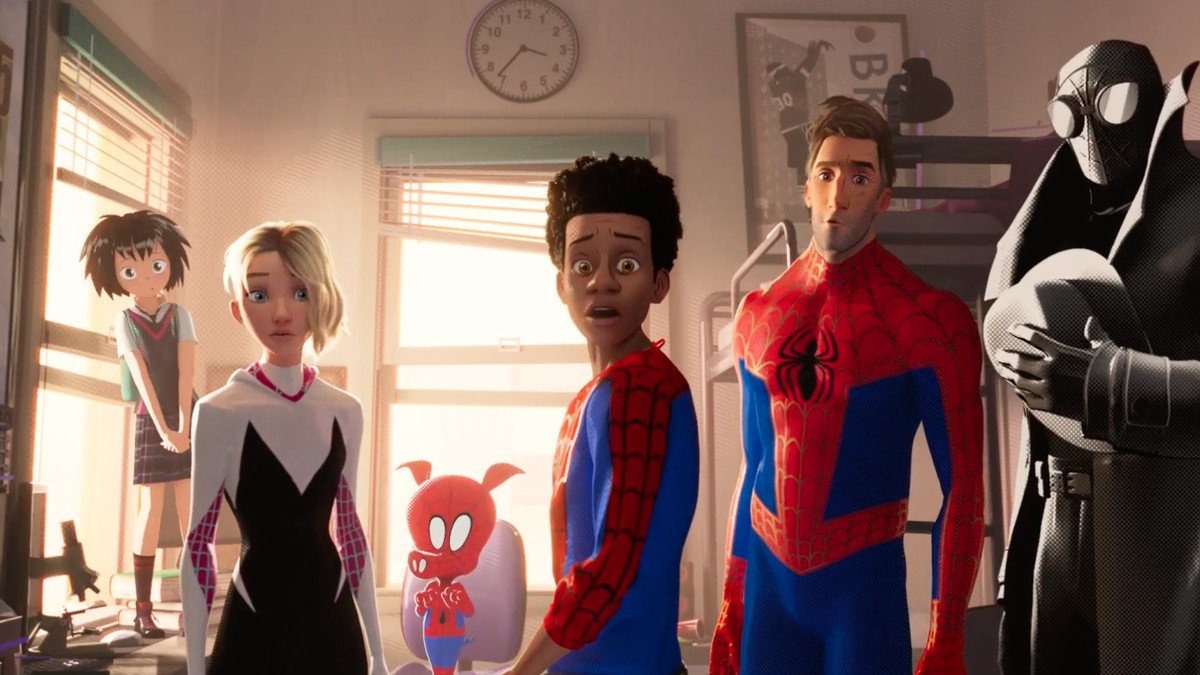
And Sony couldn’t call upon 10 years worth of world-building like Marvel could for Avengers: Infinity War. To do what they did, with just one movie, with lesser known (tell me you knew of Peni Parker before this movie) characters, is truly commendable.
Spider-Man is also a character that’s had 3 versions on the big screen in the last 10 years, but at no stage does it feel like you’re watching the same thing again.
At no moment does the movie let you think you’ve seen this before. In fact, all the tropes and iconic moments from previous movies become its strength. From throwbacks of Spidey stopping a train…
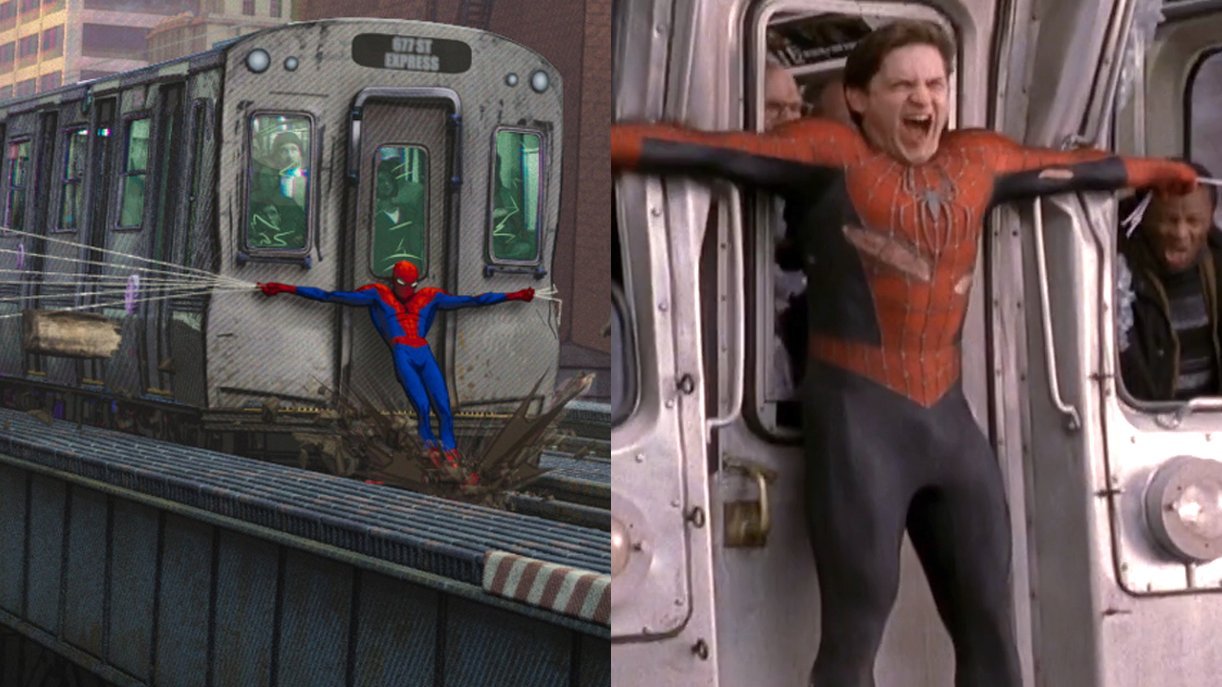
That upside down kiss…
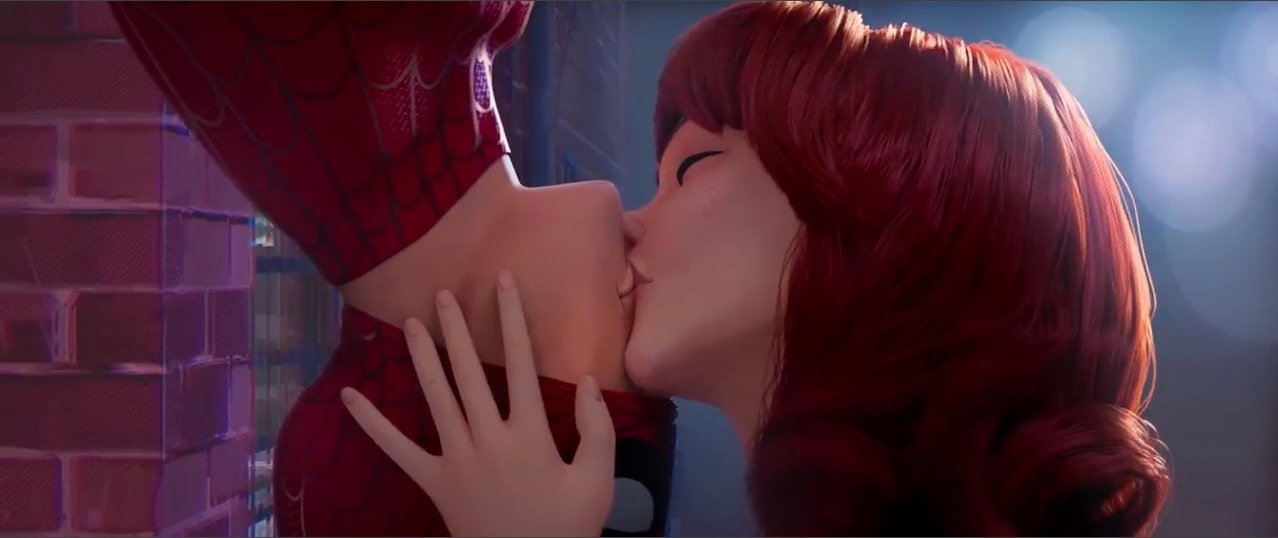
To that iconic line that I kind of butchered in the beginning of this article. All those just add a little bit of familiarity to a very fresh movie.
And then there’s the incredible animation, which makes you feel like you’re literally watching a comic book.
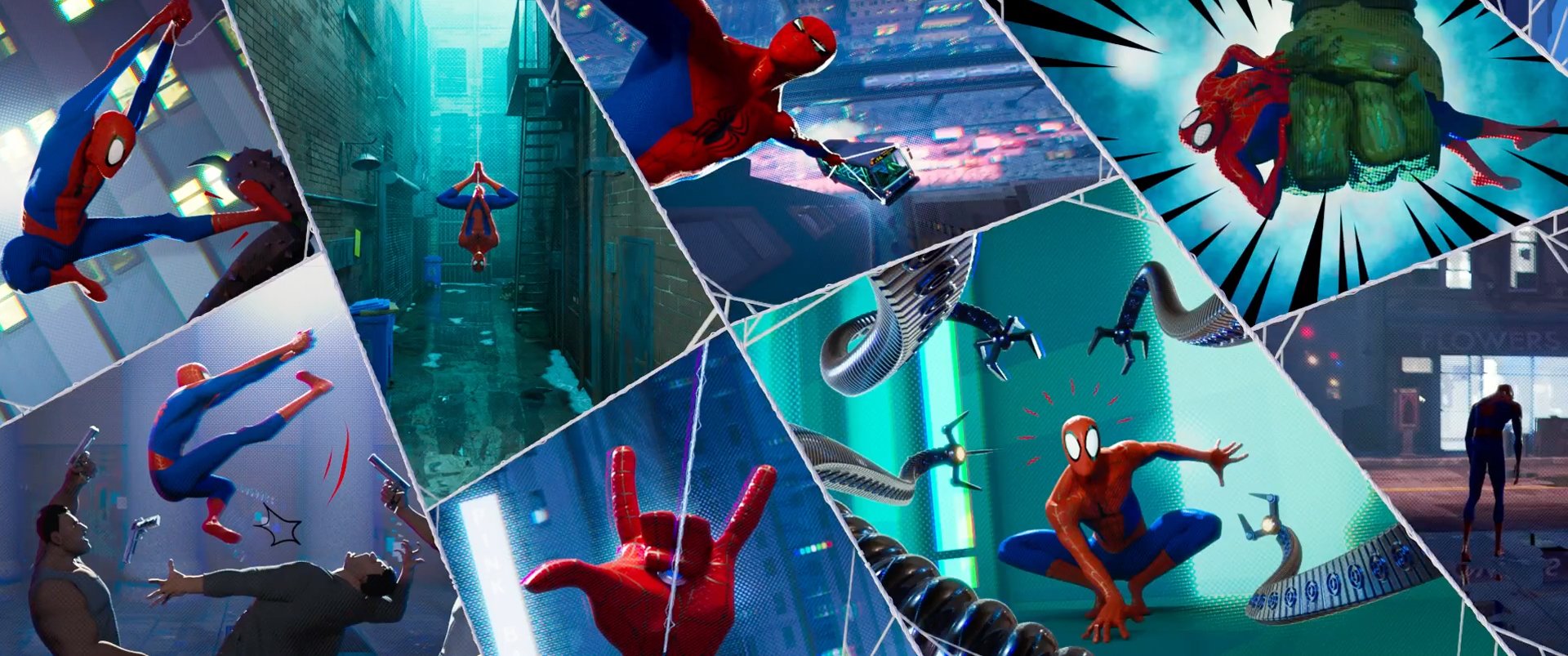
‘Watching a comic book’ is the best way to describe the stunning animation styles in the movie. And that’s without getting into the incredible variety. Spider-Man Noir’s brooding black and white look is ripped straight out of an old ’30s movie, Penni Parker is from an anime styled universe and Spider-Ham looks like he should be hanging with Bugs and Daffy.
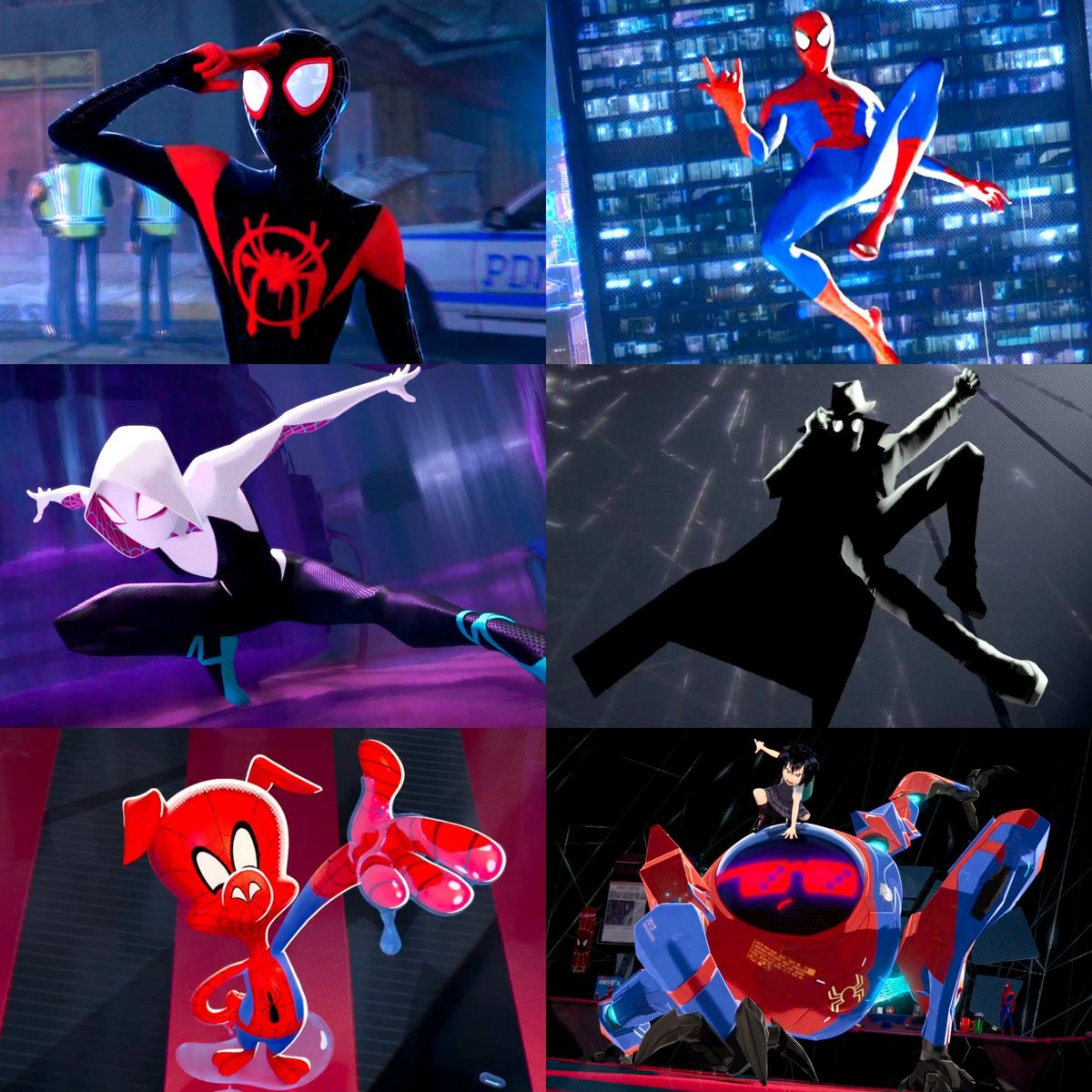
But the beautiful part of it all is that despite these jarring styles, at no point do you feel it’s out of place, because of the way it’s written.
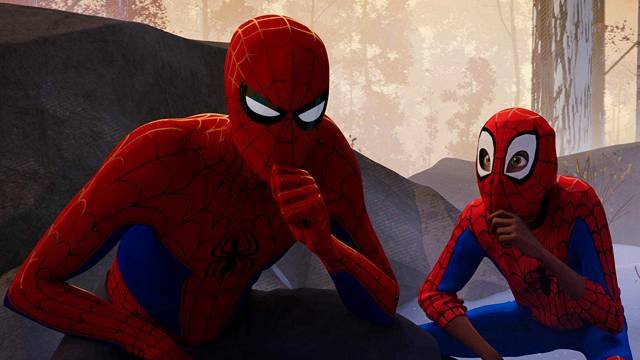
While Spider-Man is being brutally beaten by Kingpin, a talking pig in a Spider-Man outfit is defying gravity and smashing a cartoon hammer on the Scorpion’s head. That should be absurd. That sentence is absurd.
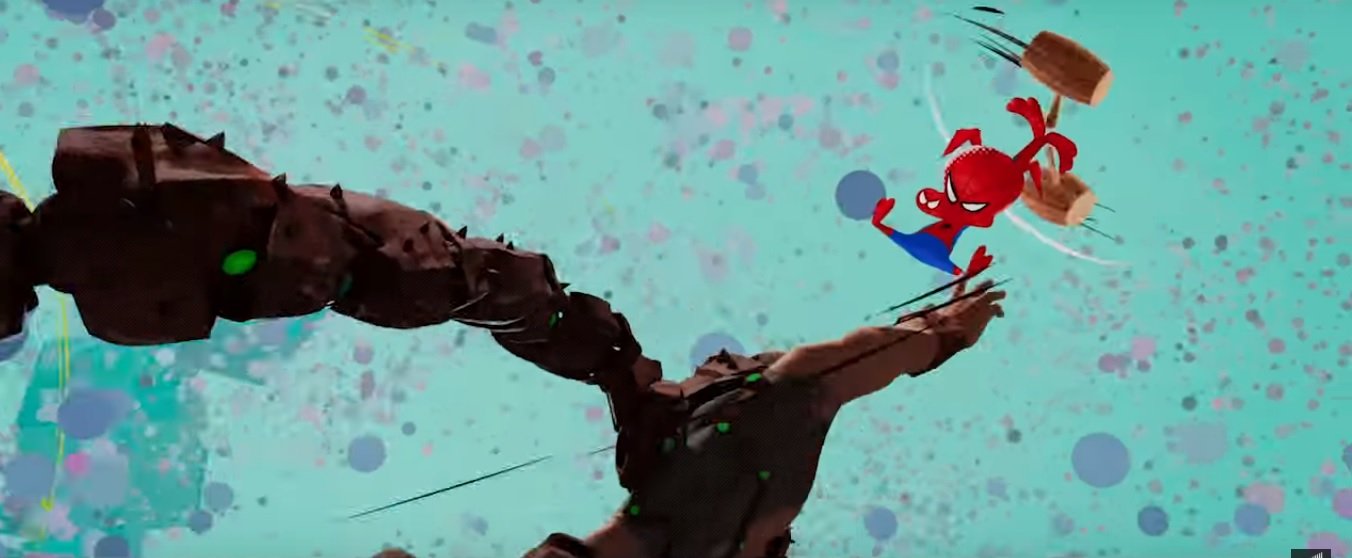
But it doesn’t feel like that and that’s a credit to the writing.
Yes, Black Panther was a cultural phenomenon and Avengers: Infinity War changed the game completely. But Spider-Man: Into The Spider-Verse did both those things, albeit with much less fanfare.
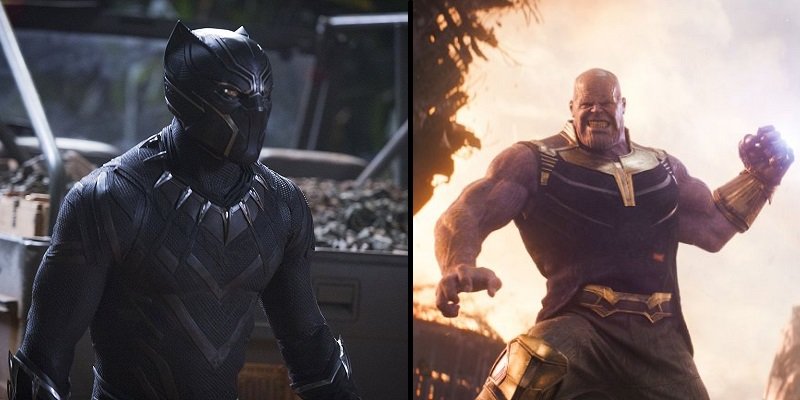
Think about it. It’s the story of an Afro-Latino superhero taking up the mantle of a crowd favourite.
In the midst of an unprecedented super-hero team up of characters barely anyone knows.
With a completely new, comic-inspired style of animation.
If that doesn’t sound like a leap of faith, I don’t know what is.
